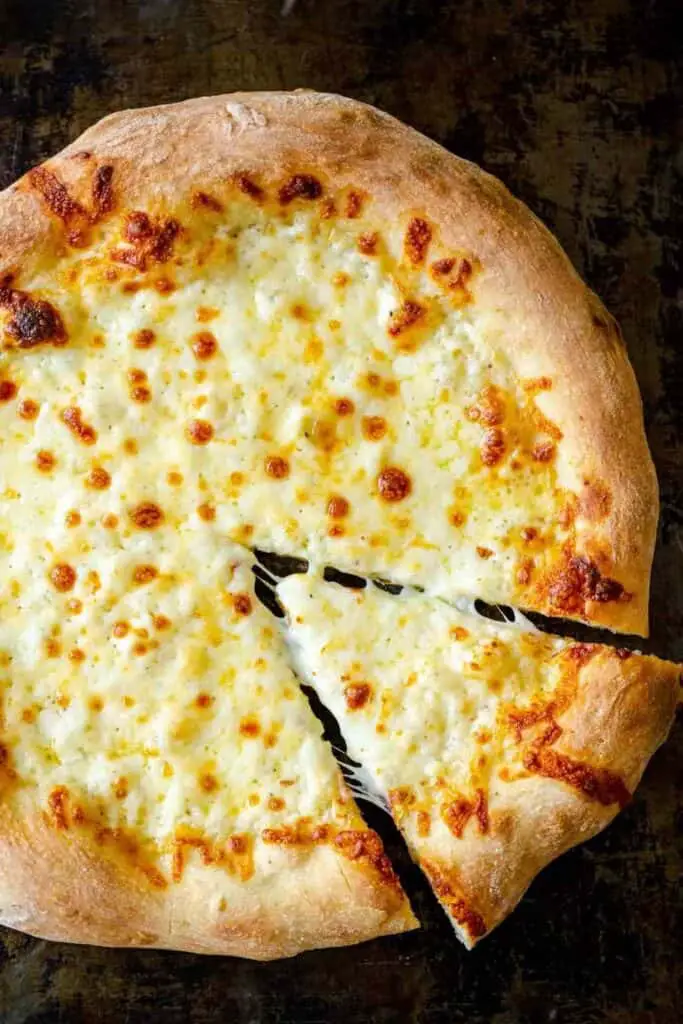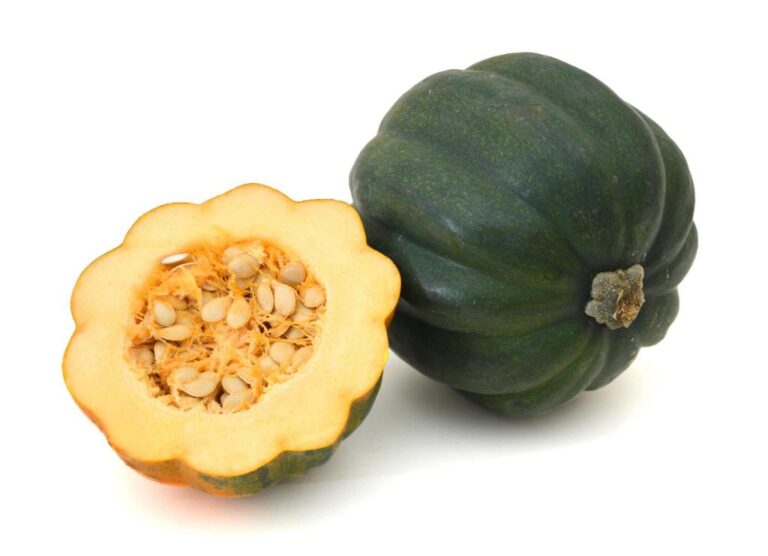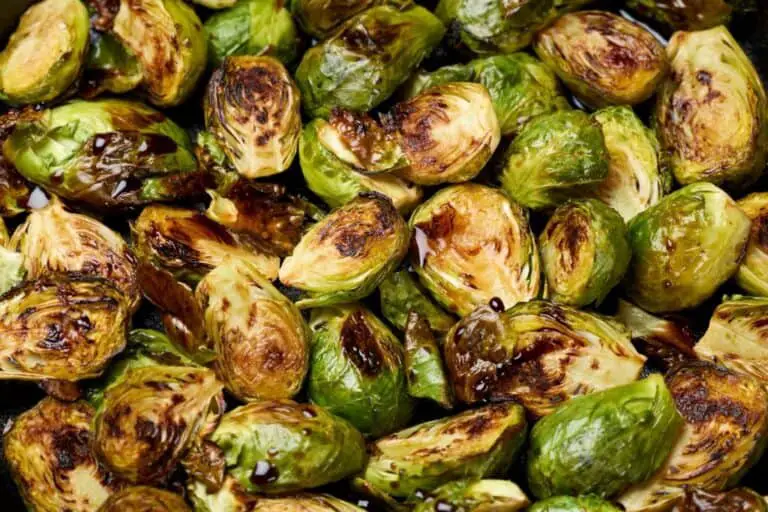The Frozen Pizza Dilemma: Can You Safely Reheat It Twice?

Frozen pizza has become a staple food in many households. It offers convenience and the satisfaction of a delicious, piping hot meal with minimal effort. Whether it’s a quick dinner after a long day at work or a late-night snack during movie marathons, frozen pizza has been there for us when we need it most.
But what happens when you find yourself with leftovers? Can you reheat that frozen slice of heaven not just once, but twice?
The Basics of Frozen Pizza
Before we get into the specifics of reheating methods and food safety guidelines, let us first define frozen pizza. Frozen pizza offers convenience without compromising taste. It’s a go-to option for quick meals, whether you’re a busy student or a working professional.
Frozen pizzas are pre-made pizzas that have been fully cooked before being flash-frozen to extend their shelf life. They typically consist of a thin crust topped with sauce, cheese, and various toppings.
Explore the variety in the frozen pizza aisle—thin crust, thick crust, vegetarians, meat lovers, and more. Brands offer diverse flavors, accommodating various tastes and preferences. Check for specialty options like gluten-free or organic for dietary considerations.
Can You Reheat Frozen Pizza Twice?

Now, let’s address the burning question: Can you safely reheat frozen pizza multiple times? Yes, you can. But the definite answer lies in the careful balancing act of preserving taste while prioritizing safety.
The Two-Step Reheating Method
Step1. Preheat and Toast
Begin by preheating your oven to around 375°F. While the oven works its magic, place your frozen pizza directly on the oven rack or on a preheated pizza stone. This initial toasting brings the crust back to life and prepares it for the final heat-up.
Step 2. Finishing Touch with Broiling
After the initial toast, switch your oven to broil for the finishing touch. This method helps to melt the cheese, giving your reheated pizza that freshly baked allure. Keep a watchful eye to prevent any unwanted charring.
A Word of Caution
While reheating frozen pizza is generally safe, it’s crucial to exercise caution. Don’t let your pizza linger in the temperature danger zone (40°F to 140°F) for too long. This invites the unwelcome guest of bacterial growth. Follow these simple steps, and you’ll find yourself savoring the delights of reheated pizza without compromise.
The Risks and Considerations of Reheating Frozen Pizza Twice
When it comes to reheating frozen pizza, many people wonder if it is safe and advisable to do so multiple times. There is some convenience in being able to enjoy leftovers over the course of a few days. It is important to consider the potential risks involved.
One major concern with reheating frozen pizza twice is the impact on food safety. Each time you heat and cool down a piece of pizza, you’re increasing the chances of bacterial growth. This can result in foodborne illnesses such as salmonella or E. coli if proper temperature control and handling practices are not followed.
Additionally, when pizza is reheated multiple times, its taste and texture can suffer. The crust may become dry or chewy while the toppings may lose their freshness, and flavors can start to meld together in an unappetizing way. Repeated exposure to high temperatures can also further degrade the nutritional value of the pizza. It leads to decreased vitamin content.
So it is generally recommended that you only reheat frozen pizza once for optimal quality and safety reasons. However, if you still choose to reheat your slices again after initial thawing and heating within 24 hours, make sure they are cooked thoroughly until piping hot (165°F) all over before consuming.
Best Practices for Reheating Frozen Pizza
To elevate your reheating game, consider these best practices:
- Store in the Freezer: First and foremost, always make sure that your frozen pizza is stored properly in the freezer. This means sealing it tightly in an airtight container or wrapping it securely with plastic wrap to prevent freezer burn.
- Reheat One Slice at a Time: While it might be tempting to reheat the entire pizza at once, reheating one slice at a time ensures each piece receives the attention it deserves.
- Sprinkle with Water: Combat potential dryness by lightly sprinkling water on the pizza before reheating. This simple trick adds a burst of moisture to your reheated slice.
- Experiment with Toppings: Get creative! Consider adding fresh toppings after the initial toasting phase to revitalize your pizza with new and exciting flavors.
- Use toaster or oven: When reheating frozen pizza for the second time or more, consider using alternative methods like a toaster oven instead of microwave heating. Toaster ovens provide better heat distribution and allow you to achieve crispy crusts without drying out the toppings. Simply place the pizza directly on the rack or use aluminum foil if desired.
- Divide nto smaller portions: If you have leftover frozen pizzas that require multiple reheats or portions that cannot be consumed at once, another option is to divide them into smaller portions before freezing. This way, you can thaw just what you need each time without compromising flavor or risking harmful bacterial growth from repeated heating cycles.
Is It Safe to Reheat Frozen Pizza?
When reheating frozen pizza, safety should always take precedence. Freezing the pizza can help keep it fresh and make it last longer, but it does not get rid of all the bacteria or pathogens that were there before freezing. If proper food safety guidelines are not followed during the reheating process, there is a risk of consuming contaminated food.
To ensure the safety of your reheated frozen pizza, you need to handle and cook it properly. Thawing frozen pizza in the refrigerator instead of at room temperature helps prevent bacterial growth. Once thawed, make sure to reheat your pizza thoroughly until it reaches an internal temperature of 165°F (74°C) using an instant-read thermometer. This will kill any remaining bacteria and reduce the risk of foodborne illnesses.
It’s worth noting that improperly reheated foods can cause various gastrointestinal issues, such as nausea, vomiting, diarrhea, and stomach cramps. For individuals with compromised immune systems or specific underlying health conditions, these risks can be even greater. So always prioritize safe cooking practices when reheating frozen pizza!
Quality Considerations
It is important to keep a few quality standards in mind when reheating frozen pizza more than once. Each round of heating can have a notable impact on the taste and texture of the pizza, which may not be as desirable as when it was freshly cooked.
One issue that often arises with each round of reheating is sogginess. As the pizza goes through consecutive rounds in the oven or microwave, moisture from the toppings and crust begins to accumulate, resulting in a soggy base. This can make for an undesirable eating experience, as no one wants their pizza slice to feel like biting into a wet sponge.
Additionally, uneven heating can also become evident after multiple reheats. Different parts of the pizza may end up overcooked or burned, while others remain undercooked or cold. This inconsistency can greatly affect both flavor and texture.
Moreover, repeated cycles of heating can lead to a loss of topping flavors. While certain ingredients might have tasted vibrant and delicious initially when cooked fresh from scratch or delivered hot from your favorite pizzeria, subsequent reheatings tend to mute these flavors over time.
If you reheat something more than once or twice, these problems are more likely to happen each time. If you are unsure whether to bake this leftover again, consider alternatives that will preserve its flavor and make it more edible.
Experts suggest trying different approaches, such as carefully defrosting before cooking instead of directly using high heat methods; attempting variations like grilling (preheated at medium heat) and frying (in moderate oil till golden crispy), accompanied by careful monitoring throughout, can help maintain taste integrity without compromising too much on quality.
By being mindful about how many times you reheat frozen pizza and opting for alternatives when necessary, you’ll be able to enjoy better results while keeping your taste buds satisfied.
Best Practices for Single-Round Reheating
When it comes to reheating frozen pizza, there are a few best practices you should keep in mind.
- First and foremost, make sure the pizza is defrosted before attempting to reheat it. This can be done by either letting it thaw overnight in the refrigerator or using a microwave’s defrost function.
- Once your frozen pizza is defrosted, preheat your oven to around 375°F (190°C) or follow the instructions on the packaging if provided.
- Place the pizza directly on an oven rack or a baking sheet for even heating, and bake for about 10-15 minutes or until it reaches your desired crispness.
- If you’re short on time and prefer a quicker option, using a microwave is also possible but may affect the texture of the crust. To do so, place one slice of pizza on a microwave-safe plate and cover with a damp paper towel to prevent drying out.
- Microwave for 1-2 minutes on high power until heated through.
Remember that while these methods work well for reheating frozen pizzas once, repeated rounds of reheating can negatively impact both taste and quality. So read on to discover alternatives if you find yourself with leftover reheated slices!
Reheating Single Slices or Whole Frozen Pizzas?
When it comes to reheating frozen pizza, achieving optimal results is key to ensuring a tasty and satisfying meal. Whether you are reheating a single slice or a whole pizza, there are different methods available that can help bring back that crispy crust and gooey cheese.
Reheating Single Slices
For single slices, the microwave might seem like the quickest option, but it may result in a soggy or rubbery texture. To avoid this, try using the oven instead. Preheat your oven to around 375°F (190°C) and place the slice on a baking sheet or directly onto the oven rack for about 7-10 minutes. This method helps revive the crunchiness of the crust while melting the cheese just enough to maintain its gooeyness.
Reheating Whole Frozen Pizzaas
If you have an entire frozen pizza that needs reheating, consider sticking with the oven as well. Preheat your oven to 425°F (220°C) and place the pizza directly on a baking sheet or preheated pizza stone. Let it bake for around 12-15 minutes, but keep an eye on it to prevent overcooking.
Five Alternative Options for Maximizing Quality and Taste
1. Pizza Paninis: Instead of simply reheating your leftover frozen pizza, why not transform it into a delicious panini? Take two slices of the pizza (toppings facing inward) and sandwich them with some fresh mozzarella, sliced tomatoes, basil leaves, and a drizzle of olive oil. Toast the panini in a hot skillet until the cheese is melted and the crust is crispy. This way, you’ll enjoy a whole new dimension of flavors and textures from your favorite frozen pie.
2. Pizza Quesadillas: Give your leftovers a Mexican twist! Grab two tortillas and place one on a heated skillet. Layer it with shredded cheese, diced bell peppers, onions, and thinly sliced pieces of frozen pizza. Top it with another tortilla before flipping to brown both sides until crispy. Cut into wedges and serve with salsa or guacamole as an exciting alternative to regular reheated pizza.
3. Pizza Toppings for Pasta: Don’t feel like eating another slice of plain re-heated pizza? Try using the toppings to enhance your pasta dishes! Crumble up any leftover meat toppings, like sausage or pepperoni, onto cooked spaghetti or penne along with sautéed vegetables, such as bell peppers or mushrooms, for added flavor depth.
4. Mini Pizzas on Bagels: Turn stale bagels into mini pizzas by spreading tomato sauce over halved bagels before topping them with pieces of defrosted frozen pizza along with some extra cheese if desired. Place these under a broiler until they’re bubbly and golden-brown – perfect snack-sized treats that are quick to make!
5. Pizza Salad: Lighten up your meal while still utilizing those precious ingredients! Chop up any remaining cold slices into bite-sized cubes. Simply toss them together with mixed greens,diced tomatoes,dressing,and additional veggies. Additional toppings,such as grated Parmesan or croutons,can be added for extra texture and flavor. A cold pizza salad can serve as a satisfying lunch or dinner option without having to reheat it.
By thinking outside the box, you can enjoy your leftover frozen pizza in new and exciting ways. Get creative in the kitchen and transform those slices into mouthwatering dishes that will leave you wanting more!
Signs of Spoiled Pizza
It’s essential to know the signs of spoiled pizza before deciding whether to reheat it or not. One obvious sign is a foul odor. If your frozen pizza emits a strong, unpleasant smell even after reheating, it’s likely that it has gone bad and should be discarded immediately.
Another sign to look out for is visible mold growth on the surface of the pizza. Mold can have harmful effects on health, so consuming any food contaminated with mold is not advisable. Additionally, if you notice any sliminess or excessive moisture on the pizza slice when reheating, this could indicate bacterial growth and spoilage.
Texture changes are also an indication that the frozen pizza may no longer be safe to eat. If you find that the crust has become excessively soggy or limp after reheating, it’s best not to take chances and avoid eating it altogether. In order to avoid potential illness from consuming spoiled food, food safety should always be a top priority.
To ensure your health and enjoyment when reheating frozen pizzas multiple times, it’s crucial to pay attention to these signs of spoilage.
Conclusion
In conclusion, reheating frozen pizza twice is not recommended for both safety and quality concerns. While it may be tempting to save time and money by warming up leftovers a second time, the risks outweigh the benefits.
From a safety perspective, there is an increased risk of bacterial growth when reheating food multiple times. Each time we warm up the pizza, we expose it to different temperatures that can create an ideal environment for bacteria to multiply. This could lead to foodborne illnesses such as salmonella or E.coli if proper precautions are not taken.
Furthermore, reheating frozen pizza more than once can significantly affect its texture and taste. The repeated heating and cooling process can cause sogginess, loss of flavors, and overall degradation in quality. Your once crispy crust may turn limp while your toppings lose their original flavor profile.
It is best to enjoy your leftover frozen pizza after thawing it properly and reheating it only once until piping hot. If you find yourself consistently having excessive amounts of uneaten pizza, consider reducing portion sizes or freezing individual slices separately for better convenience.
FAQs
How can I enhance the taste of reheated frozen pizza?
To enhance the taste of reheated frozen pizza, consider using an oven or skillet for a crisper crust. Add fresh toppings like herbs, veggies, or a sprinkle of cheese before reheating. Experiment with different techniques to find the method that suits your preferences.
Can I safely reheat frozen pizza multiple times?
Yes, you can reheat frozen pizza multiple times, but follow food safety guidelines. Store it properly in the freezer and use recommended reheating methods to ensure both safety and taste.
Are there specific food safety considerations for reheated leftovers?
Absolutely. Reheat leftovers to at least 165°F (74°C) to kill harmful bacteria. Be cautious when reheating multiple times to avoid compromising food safety.
Can you recommend a safe reheating method for frozen pizza?
For safe reheating, use an oven, skillet, or microwave, following the recommended guidelines. Each method has pros and cons, so choose the one that best suits your preferences.
How does reheating frozen pizza affect its nutritional value?
Reheating frozen pizza may lead to a slight decrease in nutritional value, but it’s generally minimal. To preserve nutrients, consider adding fresh, healthy toppings before reheating.






